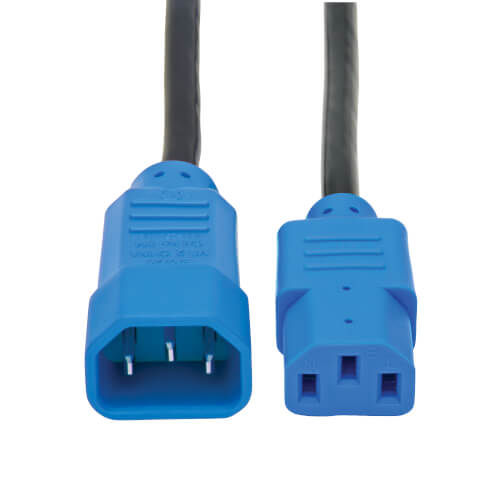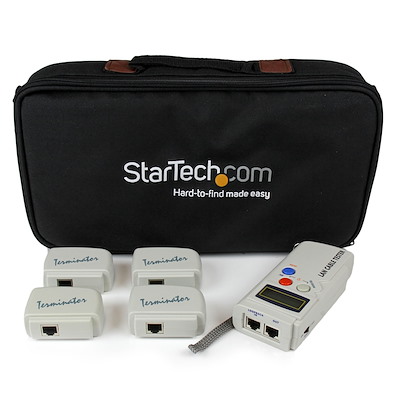

- #What is the purpose loopback cable or plug how to#
- #What is the purpose loopback cable or plug Patch#
These cables is an ideal solution for indoor or outdoor applications in customer premises, central offices and in harsh environments. Over the tube, there are aramid yarns and outer jacket to provide crucial protection for fiber. Because of its solid construction, armored LSZH tight-buffered distribution cable is a good choice for LAN backbones, direct burial, ducts, under floor or ceiling spaces.Īrmored plenum tight-buffered distribution cable is placed in a flexible metal tube, which is filled with aramid yarn strength members within inner jacket for ensuring excellent tensile strength and flexibility. Armored LSZH tight-buffered distribution cable consists of tight buffer fiber, glass yarn strength member, corrugated steel tape armor and a double LSZH jacket being of UV stabilized, water and moisture resistant. Notes: In the whole testing process, if the insertion loss is not < 0.5 dB, then you should separate connector pair and clean them for the second measurement.Īrmored LSZH/Plenum Tight-Buffered Distribution Cable for Outdoor ApplicationsĪs we all know, fiber optic cable is fragile and easy to get damage, especially in harsh environments. If the MCP cord was mistakenly reversed in the system, then there will be a very high attenuation (on the magnitude of up to 45.0 dB), which would occur resulting in severely degraded signal strength. If the insertion loss is < 1.0 dB, then the MCP cord is functioning properly. The total insertion loss of the MCP is the sum of the loss across the two connector pairs. This loss is the insertion loss of the multimode connector pair. Remove the connector of MCP from the OTS RX, and link the multimode fiber part of the MCP with OTS Rx using a multimode jumper used in the in the previous section.

Measure the insertion loss across the single-mode connector pair.ģ. Make sure the single-mode fiber part of the MCP connecting with the single-mode reference jumper, like the following picture shows. Remove the single-mode jumper from the OTS RX, and then connecting the OTS RX to a MCP cord. The difference is to do it with two single-mode fiber jumpers.Ģ. Repeat the same three steps mentioned above to measure the insertion loss across the single-mode connector pair (the value < 0.5 dB).
#What is the purpose loopback cable or plug Patch#
Testing the Single-Mode/Multimode Leg of the Mode Conditioning Patch Cordġ. So these cables are usually ordered in even numbers. Unlike common fiber cables, mode conditioning patch cord usually needs to be used in pairs. The last difference of mode conditioning patch cord is its deployment method. And then mode condition patch cord comes to aid, making the transmission between single-mode and multimode fibers go on wheel. However, when transceiver modules used in Gigabit Ethernet (1000BASE-LX) launch only single-mode (1300 nm) long wave signals, problems arise if an existing network utilizes multimode cables. Common fiber cables are the medium of light signals. The second is the reason why they are needed. It features rugged construction with a permanent low profile offset closure which helps light go through the fiber core precisely. The first one is its structure that we have mentioned above. In summary, this type of patch cable has three distinctions when compared with common patch cables. Generally, this patch cord consists of a duplex common connector on each end of a cable assembly with a single-mode to multimode offset fiber connection in one of the two legs. They are designed for Gigabit Ethernet multimode applications at the 1300nm wavelength. This cable can be used to connect two DDS CSU/DSU (i.e., DSU) products in a back-to-back configuration.Mode conditioning patch cables, sometimes also called mode conditioning patch cord (MCP), are built in the form of a simple duplex patch cable. This pinout is the same for both a RJ-45 plug and RJ-45 jack.įigure 5 shows the pinout for building a DDS crossover cable.


This cable can be used to connect two T1 CSU/DSU (i.e.,TSU) products in a back-to-back configuration.įigure 4 shows the pinout for building a DDS loopback adapter. This pinout is the same for both a RJ-45 plug and RJ-45 jack.įigure 3 shows the pinout for building a T1 crossover cable. There are eight pins total in a RJ-45 connector.įigure 2 shows the pinout for building a T1 loopback adapter.
#What is the purpose loopback cable or plug how to#
This document shows the necessary pinout for building them.įigure 1 shows a how to orient a standard RJ-45 to RJ-45 silver satin cable to determine pin 1. Loopback adapters and crossover cables are useful tools for troubleshooting both DDS & T1 circuits. Loopback Adapters and Crossover Cables for T1 and DDS Circuits


 0 kommentar(er)
0 kommentar(er)
